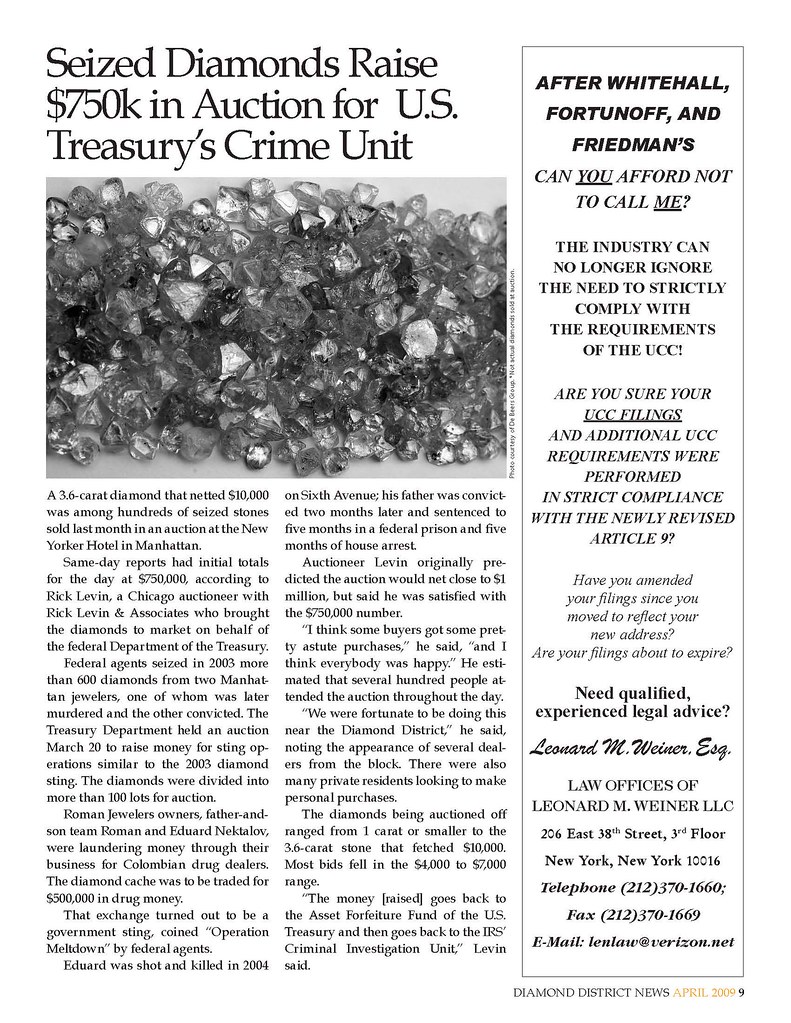
According to the psychology community, part of getting through the fog of a terrible loss involves understanding that it won’t hurt in this way forever; and to allow the current, searing pain in for a good old-fashioned pow-wow. So, ever the dutiful student, I invited mine inside. I washed its feet. I put on some water for tea. Then I gave my pain a house tour.
My pain was impressed with what I’d done with the place.
All the death and curled leaves and hard ground of winter are (very) slowly giving way to possibility: new directions, trees in bloom, and a soft earth ripe for planting and tilling. But the persisting murk is real; the fog tangible. It’s a metaphorical fire swamp over here (am on 24-hour R.O.U.S. watch). I’m waiting for spring to throw me a Hail Mary pass. I promise to catch it.
[There is so much more that is needed besides a rendezvous scheduled under a pretense of sworn springlike improvements.]
When the teapot began its whistling, my pain and I ditched the house tour and pulled up some chairs. Sipping tea from cracked clay mugs, I dug in.
“We—all of us—pick and choose the traits to emphasize in those around us,” I said, “and reject the parts too difficult to handle. ‘He’s not usually like that,’ we say by way of excuse; ‘hers is the curse of Jekyll and Hyde.’ But it’s the duality that actually defines us. We are all all of our parts.”
My pain looked up over the mug at me.
“It’s important not to overlook that compartmentalization when you’re thinking of redefining, regrouping, reconnecting, reconnoitering, rejecting, or replenishing,” I continued. "We don't get to pick and choose which traits in a person are more 'real.'"
“What about memorializing someone after death?” Pain asked.
"It's especially true then!" I answered. "There, we bask the ones we miss in an angelic glow. We see no wrong. But that too is a disservice—we take away one's humanness by ignoring all the parts that make him or her whole."
Worn out by all these ideas, Pain stood and walked from the room. Seems I'm left with just me to heal.
And so I decided, as Pain curled up in my brain's guest room for a nice long mid-afternoon nap, that I am going to take all these ghosts of mine and figure out some way to make them dance.













